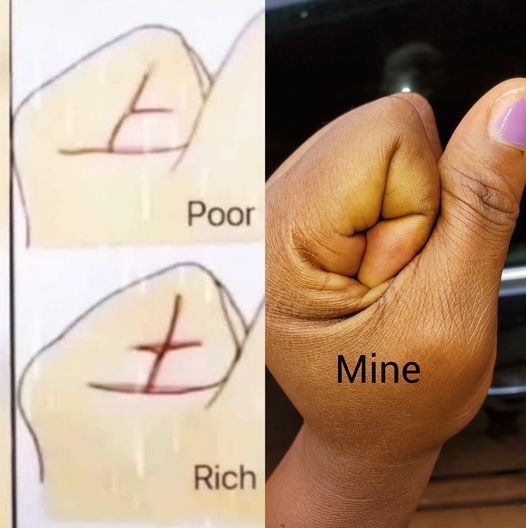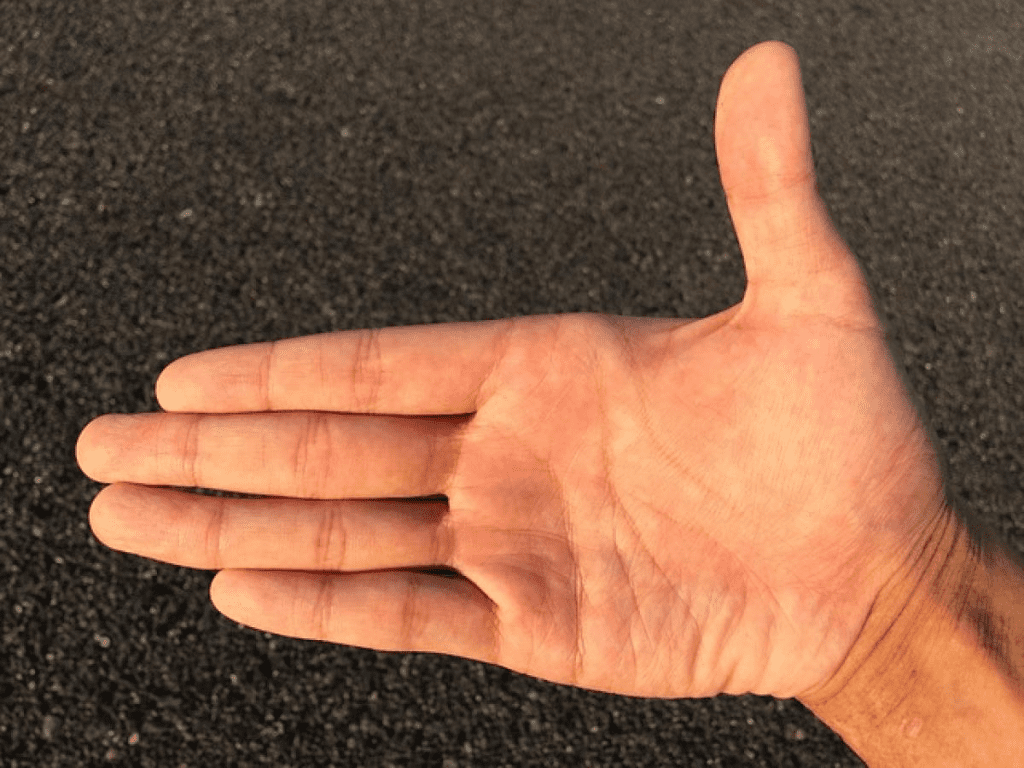Palmistry, or chiromancy, is an age-old practice that claims to reveal insights about a person’s character, health, and even wealth through the lines and shapes on their hands. While science often dismisses palmistry as pseudoscience, its cultural roots run deep, and many still find meaning in the lines on their palms. Could our hands indeed hold secrets about our financial future? Let’s explore the history, beliefs, and meanings behind palmistry and how it relates to wealth.
What is Palmistry? An Overview of the Ancient Art

Palmistry is the practice of reading the lines, mounts, and shapes on the hands to glean information about a person’s life and personality. This art dates back thousands of years and has roots in ancient cultures, including India, China, and Egypt. The basic idea is that the palms are a reflection of a person’s life path and destiny, including aspects like love, health, career, and yes—wealth. In traditional palmistry, specific lines and patterns are thought to indicate prosperity, while others may hint at financial struggles.
Key Lines in Palmistry: Life, Heart, and Head Lines
In palmistry, the major lines that most readers focus on include the Life Line, Heart Line, and Head Line, each of which represents different aspects of one’s existence:
- Life Line: This line curves around the base of the thumb and is believed to indicate vitality, health, and longevity.
- Heart Line: Found at the top of the palm, this line reflects emotional matters and romantic tendencies.
- Head Line: Running horizontally across the palm, this line represents one’s intellect, decision-making skills, and mental strength.
But beyond these primary lines, other markings and minor lines are often interpreted for specific insights, including financial success.
The Wealth Line: Does It Really Exist?
In traditional palmistry, some claim there are lines or markings on the palm that can hint at wealth and prosperity, often referred to as the “Wealth Line.” However, this “line” isn’t a single path but rather a combination of lines, markings, and even the depth and clarity of certain lines that may signify good fortune or financial potential.
Common indicators in palmistry associated with wealth include:
- Fate Line: Also called the Career Line, this line runs vertically from the base of the palm toward the middle finger. A clear and strong Fate Line may signify a prosperous career or stable financial success.
- Sun Line: Found below the ring finger, the Sun Line is associated with fame, creativity, and good fortune. A strong Sun Line is believed to enhance one’s chances of wealth, especially in creative fields.
- Money Line: Some palmists look for smaller lines branching off from the Fate Line or near the Mount of Mercury, under the pinky finger, as “Money Lines.” These are thought to indicate a propensity for wealth, especially through skill or intellect.
Cultural Interpretations of Wealth Lines
Interpretations of wealth and success through palmistry vary greatly across cultures:
- Chinese Palmistry: In Chinese tradition, it’s believed that wealth can be seen in the prominence of the Mount of Mercury, located under the pinky finger, as well as strong, deep lines indicating financial prosperity.
- Indian Palmistry: Indian palmistry, or Hast Samudrika Shastra, also emphasizes the Mounts and the Sun Line. In this tradition, the presence of certain lines around the Mounts of Sun and Mercury are believed to indicate luck and potential wealth.
This widespread belief that one’s financial future could be etched in their palm underscores the cultural fascination with destiny and the quest to understand one’s future through physical signs.
Skepticism and the Scientific View on Palmistry

Despite its enduring appeal, palmistry is widely viewed as a pseudoscience. Modern science argues that there’s no factual basis for linking palm lines to wealth, health, or personality. Skeptics emphasize that any “readings” based on hand lines are primarily based on interpretation rather than evidence. Researchers in fields such as genetics and biology suggest that lines on the hands develop due to natural factors, like skin tension and movement patterns, not destiny or fortune.
From a psychological perspective, the appeal of palmistry can be attributed to something called the “Barnum effect,” where people find meaning in vague statements and apply them to their own lives. In this light, palmistry may work similarly to astrology, offering general insights that people personalize, leading them to believe the practice holds real significance.
The Intriguing Connection Between Hands and Personality
Although the lines on our hands may not predict wealth, research does suggest that certain hand characteristics can provide clues about one’s personality. Studies have found, for instance, that finger length ratios—specifically the length of the index finger relative to the ring finger—may correlate with traits like risk-taking and confidence. While these findings don’t directly support palmistry, they do reveal that our hands can reflect aspects of who we are in subtle, scientifically measurable ways.
For Fun or Fortune? Why People Still Turn to Palmistry

Despite scientific skepticism, many people still find palmistry fascinating and turn to it for guidance or entertainment. The lines on our hands are unique, much like our fingerprints, which adds to the personal appeal of palm readings. For some, palmistry is a tool for self-reflection, providing a framework to think about life’s direction and potential.
Others find palmistry fun because it offers a touch of mystery and symbolism. The belief that wealth could be inscribed in our palms is both an entertaining and comforting notion, encouraging people to believe in a predetermined path of prosperity. While it’s important to approach palmistry with a sense of curiosity rather than blind faith, there’s no harm in exploring the tradition as a way to connect with history and culture.
Conclusion
Palmistry’s claims to predict wealth may be unproven, but the cultural tradition behind reading palms remains captivating. The lines on our hands might not directly forecast our financial future, yet they provide a link to ancient beliefs and human curiosity about destiny. Whether you’re seeking insights into wealth or simply enjoy the art of palm reading as a form of personal reflection, the practice continues to inspire. So, while your hand may not reveal if you’re destined for riches, it may still offer a unique perspective on your character and journey through life.


